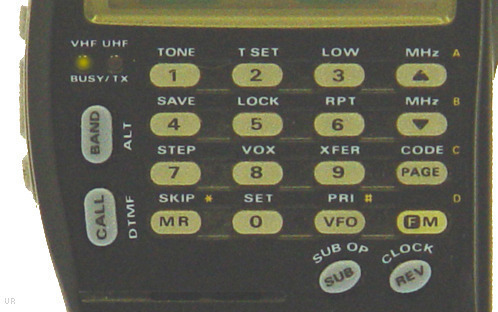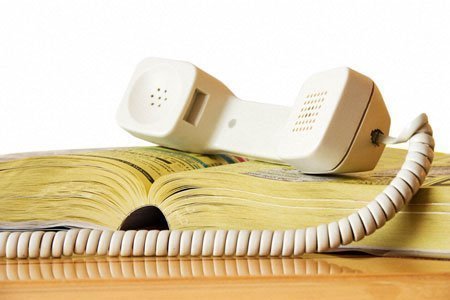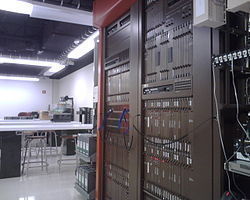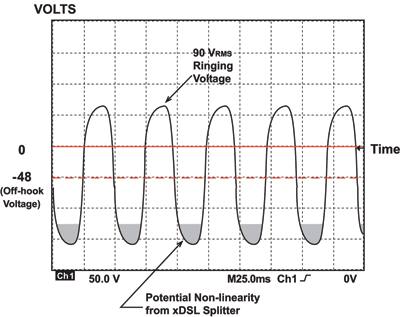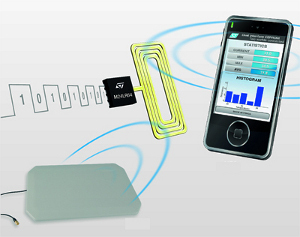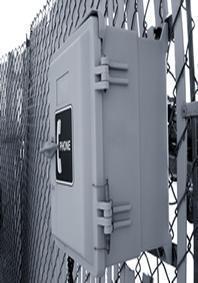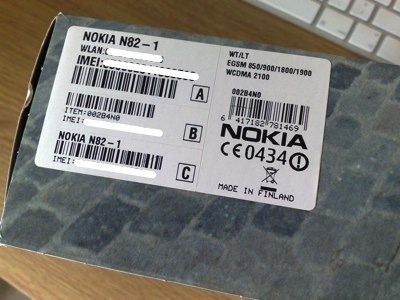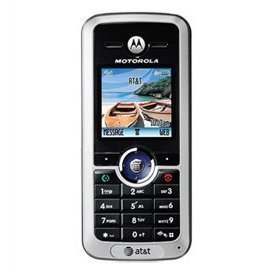DTMF (Dual-Tone Multi-Frequency)
DTMF tones, or Dual-Tone Multi-Frequency signaling, are audible tones that are used by touch-tone telephones to identify which number key was pushed by the operator. DTMF tones have been used since 1963 and are used by all standard touch-tone telephones in the United States as well as in many other countries around the world. DTMF …

